Exploring the animal kingdom is like opening a treasure chest packed with surprises and oddities. From the jungles of Madagascar to the deserts of Australia, the world is teeming with creatures that are as strange as they are fascinating. Let’s take a whimsical journey to discover some of these unique animals that you won’t find anywhere else. Buckle up; it’s going to be a wild ride filled with unexpected animal antics and curious adaptations.
1. Madagascar’s Aye-Aye: The Eccentric Lemur
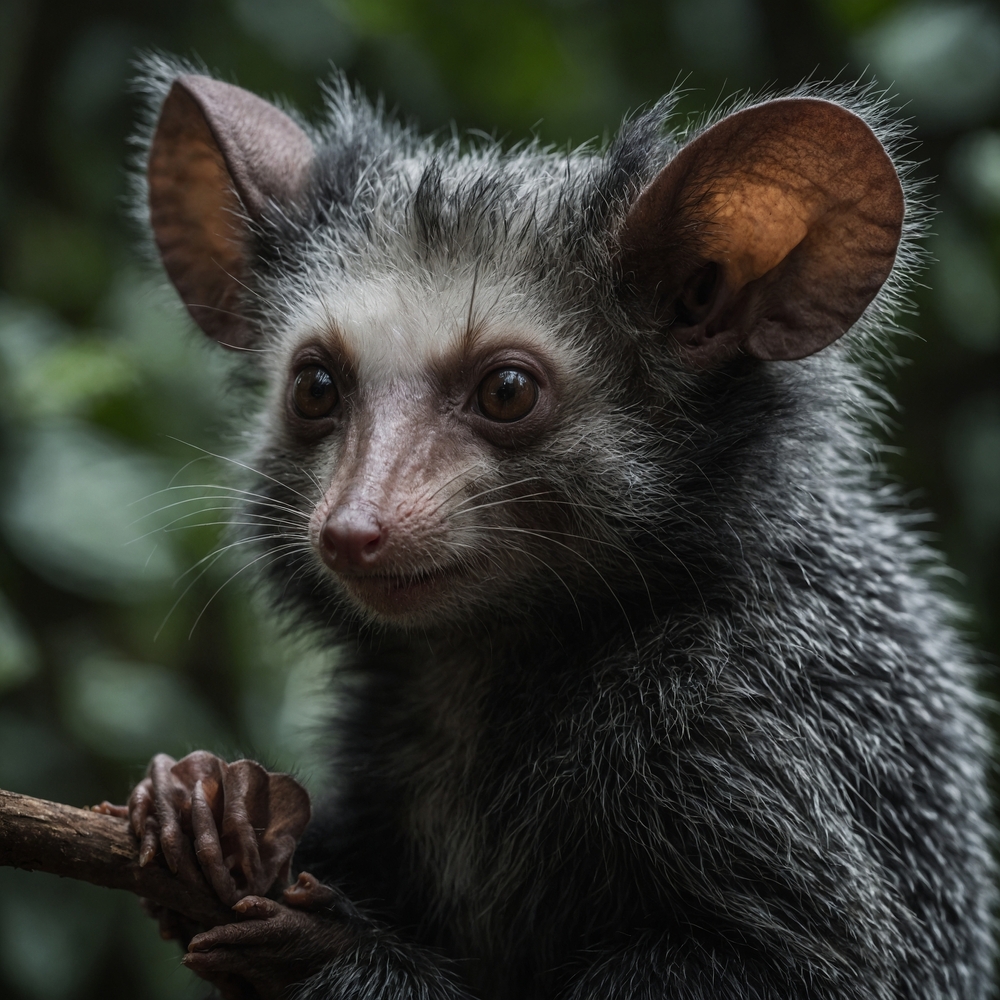
Madagascar throws its own party in the animal kingdom with the aye-aye, a lemur that looks like it’s straight out of a fantasy novel. Sporting oversized ears, a long bushy tail, and a bewitching stare, this nocturnal creature is a master at tapping on trees to locate grubs, its favorite snack. With a middle finger that would make a rock band proud, the aye-aye nabs its prey in a manner that’s both efficient and endearing. It’s a quirky critter that defies expectations and proves that being different is a fabulous thing.
2. Japan’s Tanuki: The Mythical Trickster
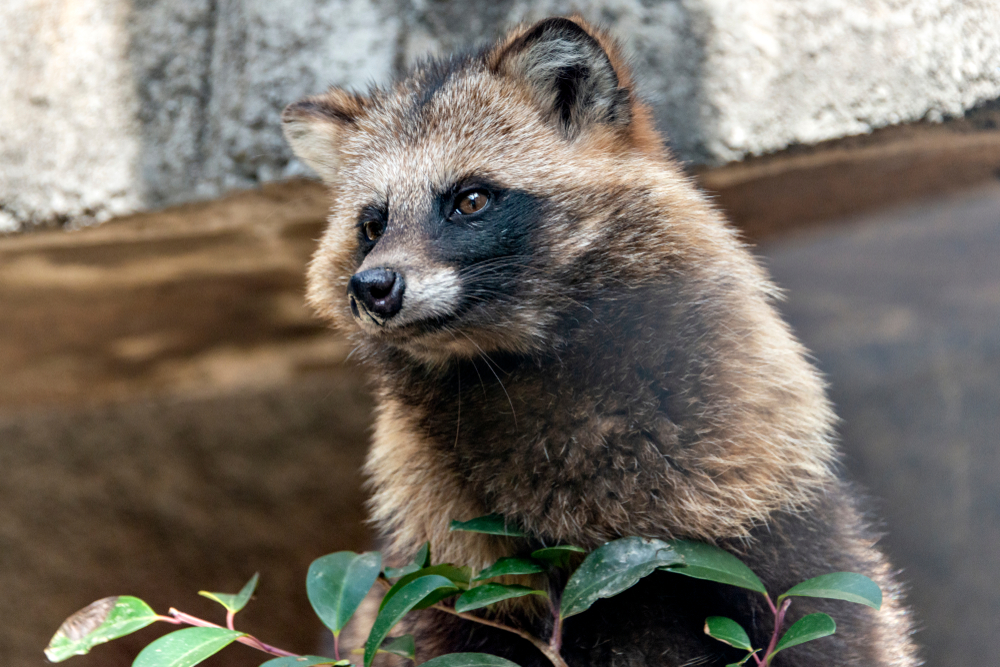
Japan’s tanuki, or raccoon dog, is real-life proof that legends walk among us. Known for its mischievous nature, the tanuki is deeply rooted in Japanese folklore as a shape-shifter and trickster. With a face reminiscent of a raccoon and the body of a small dog, this animal baffles and delights observers. Far from its mythical origins, the actual tanuki lives a more down-to-earth lifestyle, scavenging through forests and urban areas with equal enthusiasm. Its enigmatic charm continues to inspire stories, embodying the playful spirit of Japan’s wildlife.
3. Australia’s Platypus: Nature’s Oddball
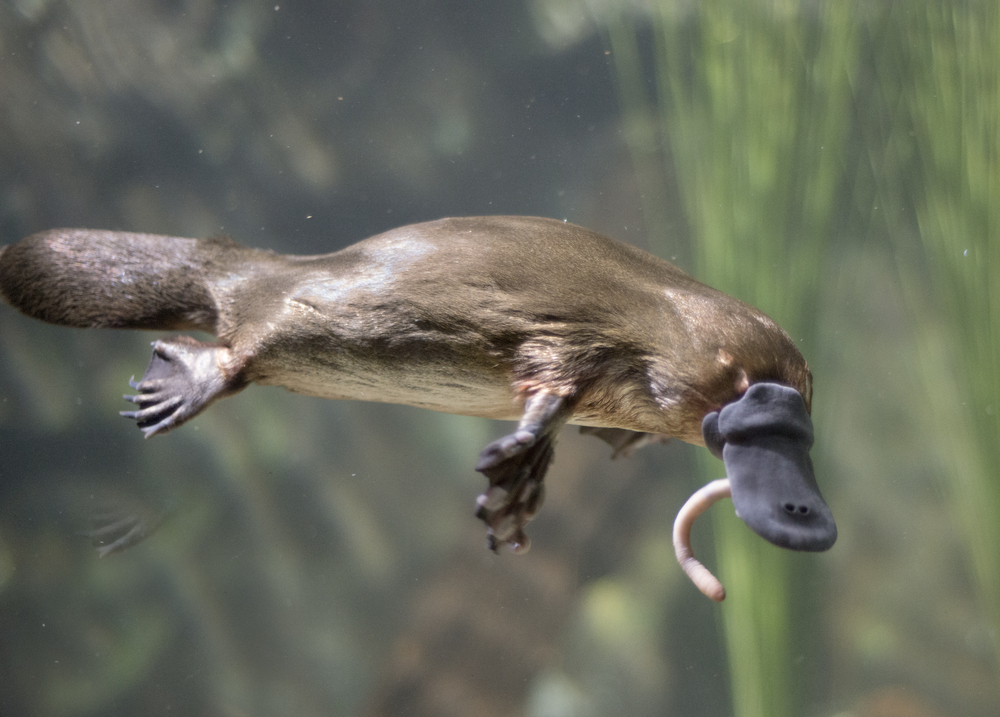
Australia sure knows how to keep biologists on their toes with the platypus, a mammal that seems pieced together from spare parts. Sporting a duck bill, webbed feet, and a beaver-like tail, this semi-aquatic creature breaks all the rules. It even lays eggs, a rare trait for mammals. The platypus is equipped with electroreceptors in its bill that sense prey in murky waters, showcasing nature’s ingenuity. Often described as one of Earth’s most peculiar inhabitants, the platypus is a charming testimony to evolution’s sense of humor.
4. New Zealand’s Kakapo: The Owl-Parrot
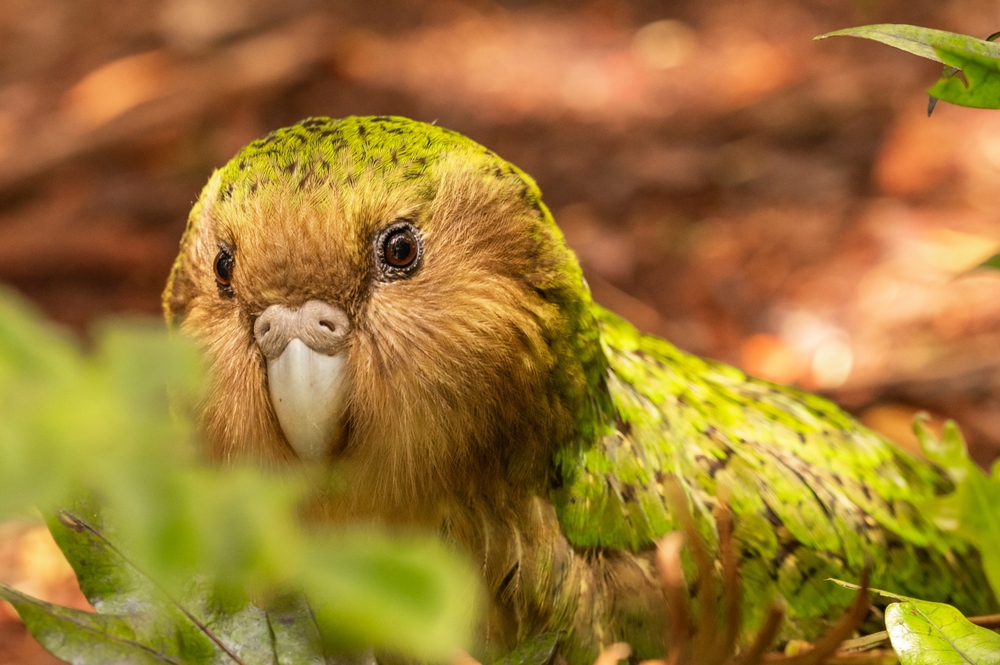
New Zealand’s kakapo is a flightless parrot that could easily be mistaken for a fluffy green owl. With its large, expressive eyes and soft, moss-colored feathers, it’s a darling of the avian world. This nocturnal bird spends its nights foraging on the forest floor, waddling around with a gentle charm. Sadly, the kakapo is critically endangered, but conservationists are working tirelessly to ensure its survival. A unique blend of owl and parrot personalities, the kakapo enchants all who encounter it with its curious nature and soft hoots.
5. Norway’s Musk Ox: The Arctic Survivor
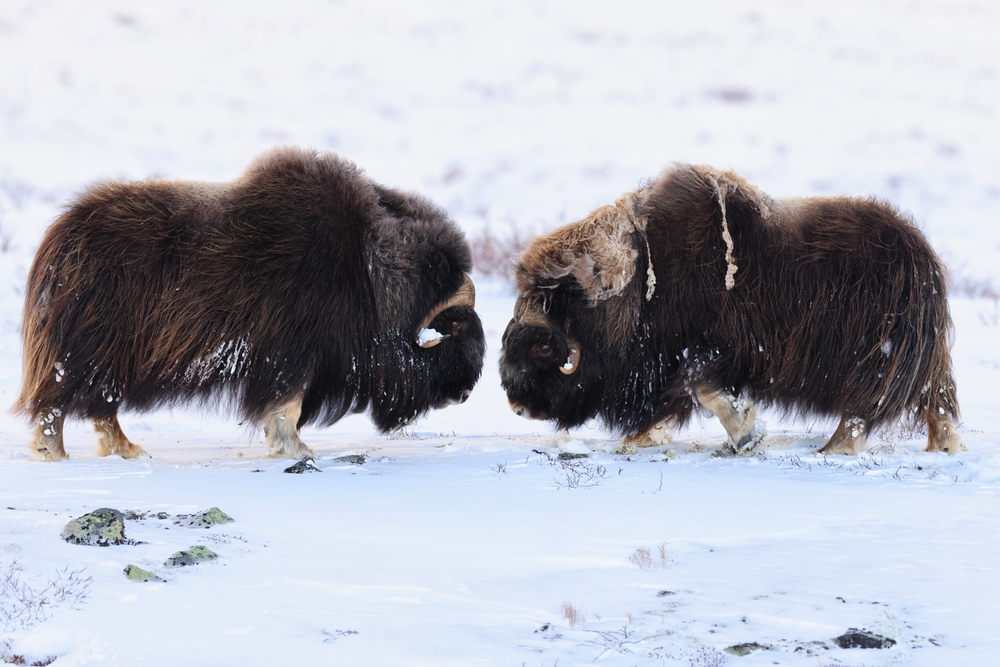
Trekking through the frigid terrains of Norway, the musk ox sports a thick, woolly coat that makes even the harshest Arctic winds feel like a gentle breeze. These ancient creatures, dating back to the Ice Age, exude raw power and resilience. Their shaggy coats and impressive horns create an image of formidable strength, yet their social nature reveals an animal deeply connected to its herd. Musk oxen are a testament to endurance, thriving against all odds in a landscape as beautiful as it is brutal.
6. India’s Gharial: The Crocodilian Specialist
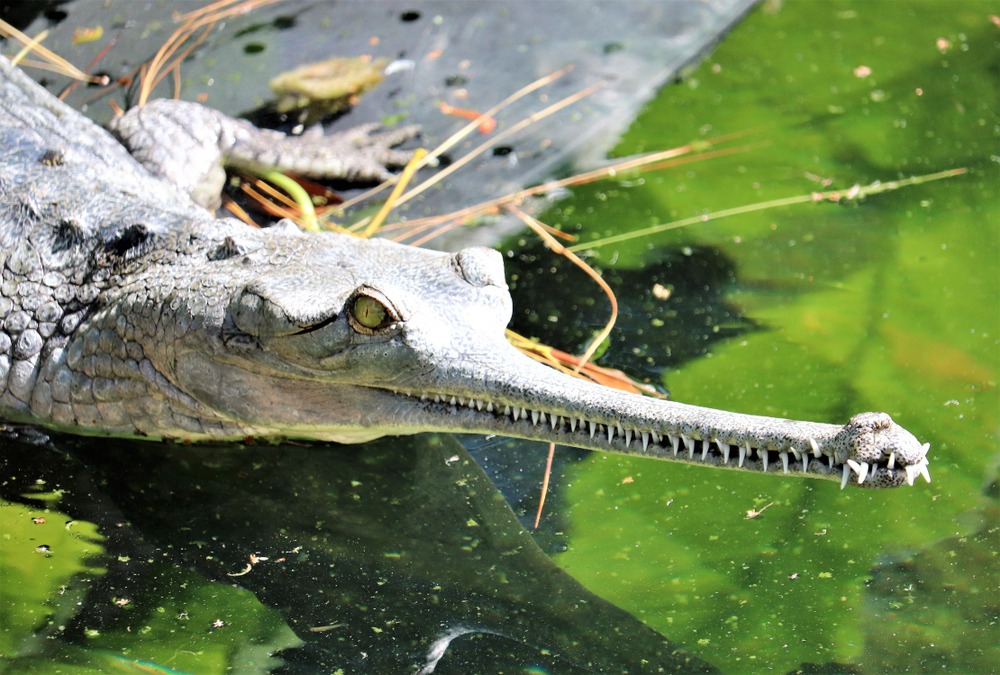
The rivers of India are home to the gharial, a crocodilian that stands out with its long, slender snout and an abundance of razor-sharp teeth. This fish-eating specialist glides through water with grace, its streamlined body perfectly adapted for river life. Despite its fearsome appearance, the gharial is not aggressive to humans, preferring a diet of fish and the occasional crustacean. As one of the most endangered crocodilian species, the gharial is a symbol of biodiversity and the delicate balance of river ecosystems.
7. Indonesia’s Komodo Dragon: The Island Giant
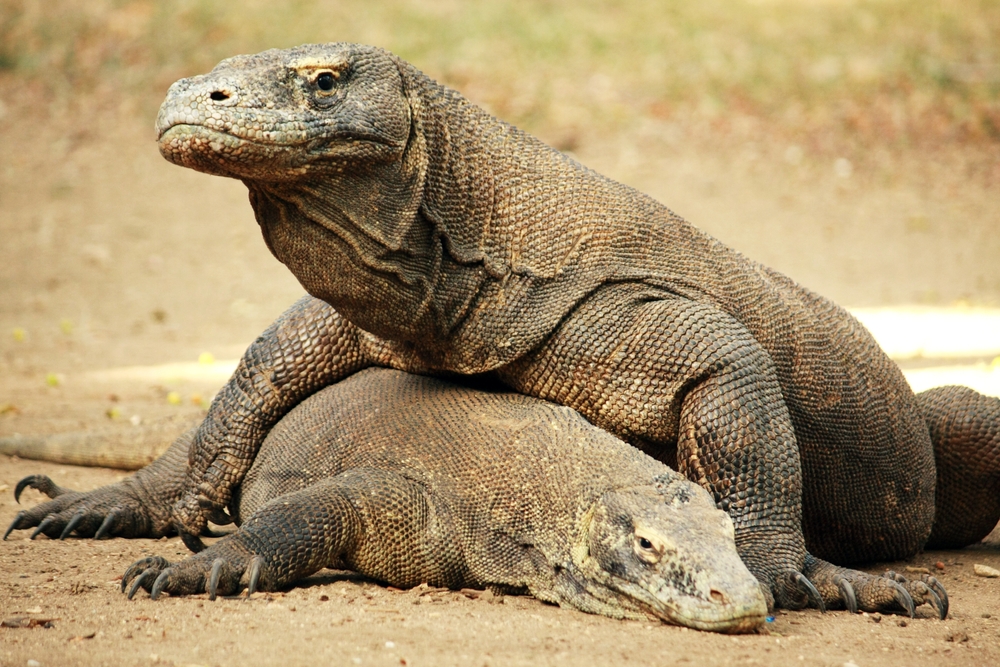
On the Indonesian islands, the Komodo dragon reigns supreme as the world’s largest lizard, a formidable predator with a prehistoric vibe. Growing over ten feet long, these meat-loving giants are masters of stealth and power. With keen senses and a venomous bite, they command respect and awe from anyone who ventures into their territory. Despite their fearsome reputation, Komodo dragons are fascinating creatures that play a crucial role in their ecosystem, keeping the balance between prey and predator with imposing grace.
8. Chile’s Andean Flamingo: The High-Altitude Beauty
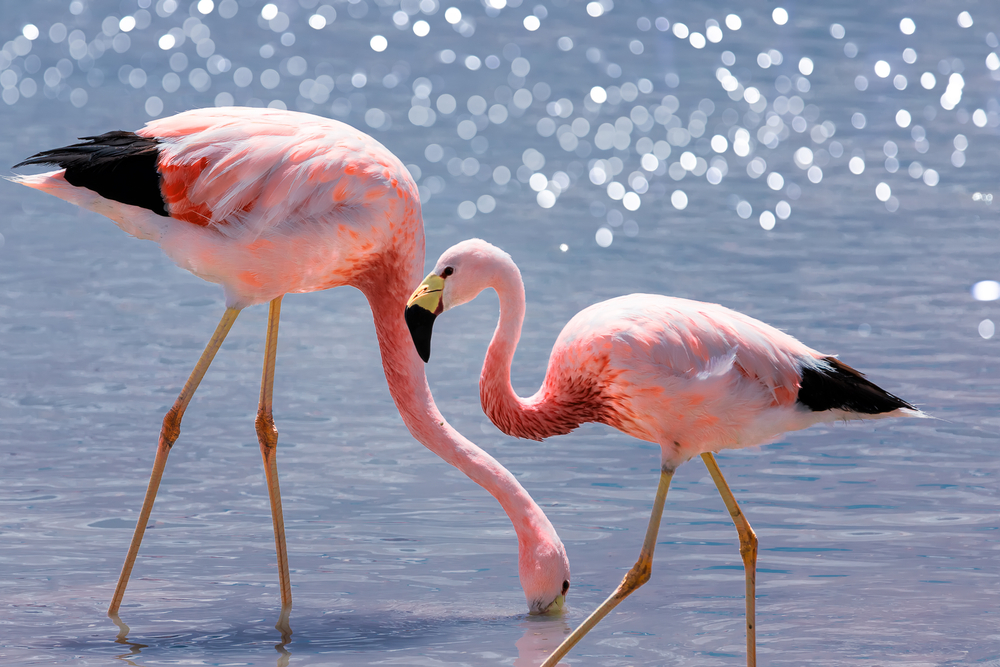
In the picturesque salt flats and high-altitude lakes of Chile, the Andean flamingo struts with elegance and a penchant for pink. Unlike its beach-loving relatives, this flamingo thrives in extreme environments, withstanding the harsh conditions of its mountainous habitat. Its unique feeding habits and vibrant plumage set it apart from the crowd, making it a dazzling spectacle against the stark landscape. The Andean flamingo is a testament to the adaptability and beauty of nature, turning inhospitable regions into vibrant displays of life.
9. Brazil’s Capybara: The Sociable Giant
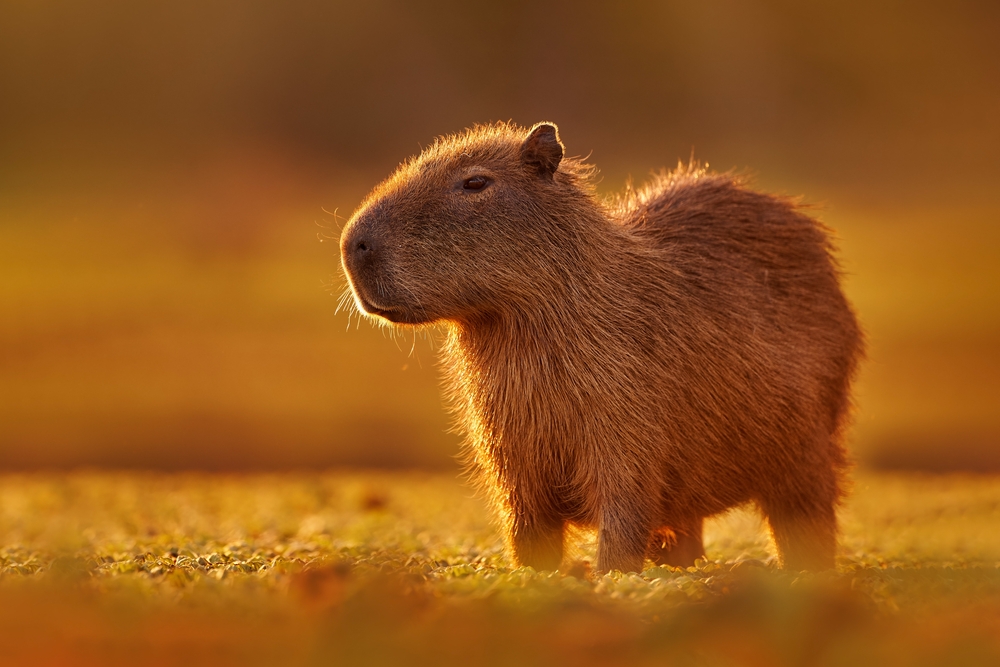
Brazil’s capybara is the world’s largest rodent, and arguably the most laid-back. Known for its sociable nature, this semi-aquatic mammal is often found lounging around water bodies with a group of friends. Sporting webbed feet and a penchant for swimming, capybaras are as comfortable in water as they are on land. Their calm demeanor and friendly interactions with other species have made them beloved icons of the animal world. In the heart of the Amazon, capybaras remind us that community is key.
10. Sri Lanka’s Purple-Faced Langur: The Shy Spectacle
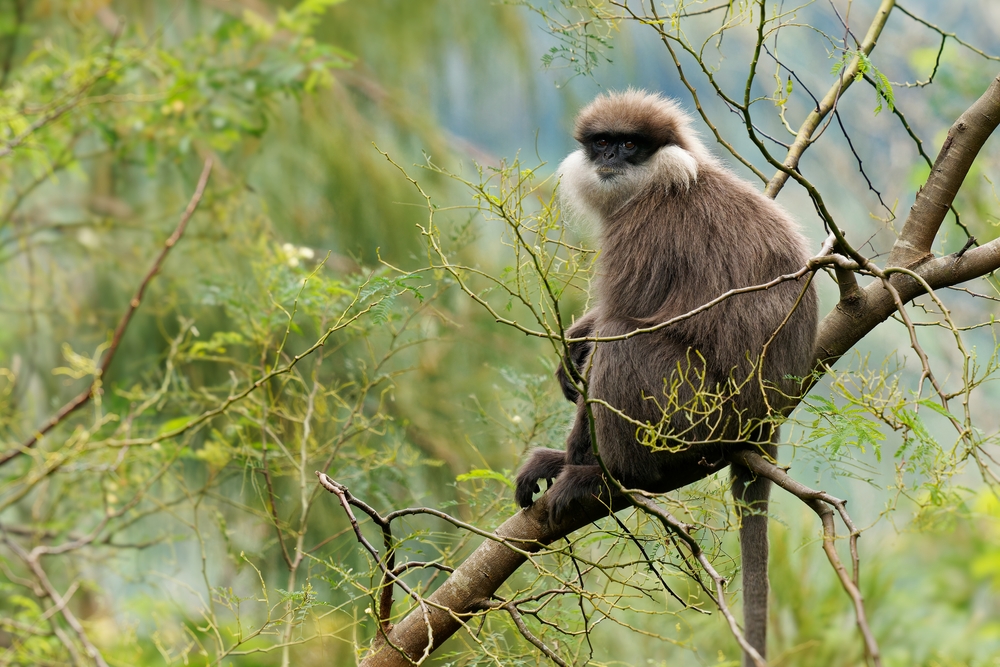
In the forests of Sri Lanka, the purple-faced langur leaps through the treetops, a monkey with an unmistakable look and a shy disposition. With its striking facial features and lustrous coat, this primate is both a visual and ecological gem. Living in small, tight-knit groups, these langurs rely on social bonds and mutual grooming to forge connections. Their discreet nature and elusive lifestyle make them a rare sight, but their existence plays a significant role in the rich tapestry of Sri Lanka’s biodiversity.
11. Canada’s Narwhal: The Unicorn of the Sea
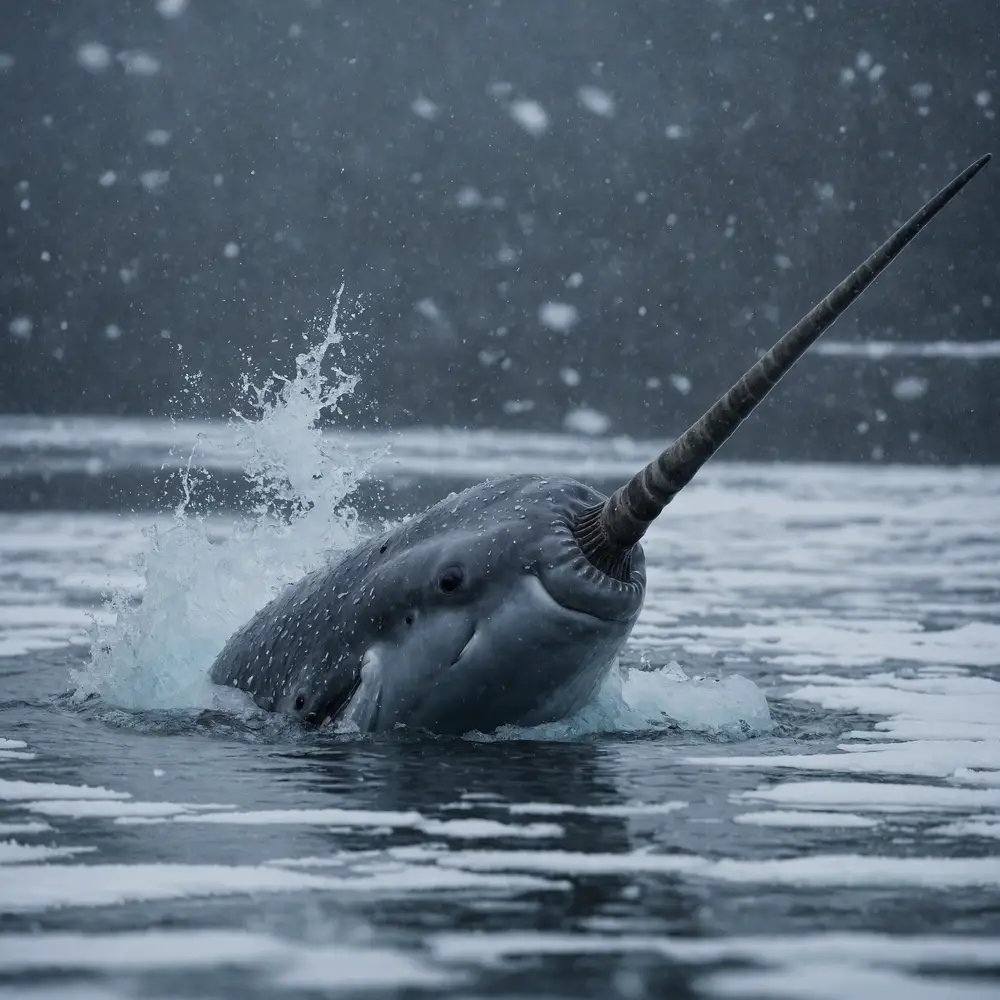
Navigating the icy waters of Canada’s Arctic, the narwhal flaunts its spiral tusk, a fantastical feature that earned it the nickname “unicorn of the sea.” This elongated tooth is not just for show; it’s packed with sensory capabilities, allowing narwhals to detect changes in their environment. These majestic creatures, cloaked in mystery and wonder, play a vital role in Arctic marine ecosystems. The narwhal’s presence invites us into a world where reality blurs with myth, and nature’s creativity knows no bounds.
12. Papua New Guinea’s Tree Kangaroo: The Arboreal Acrobat
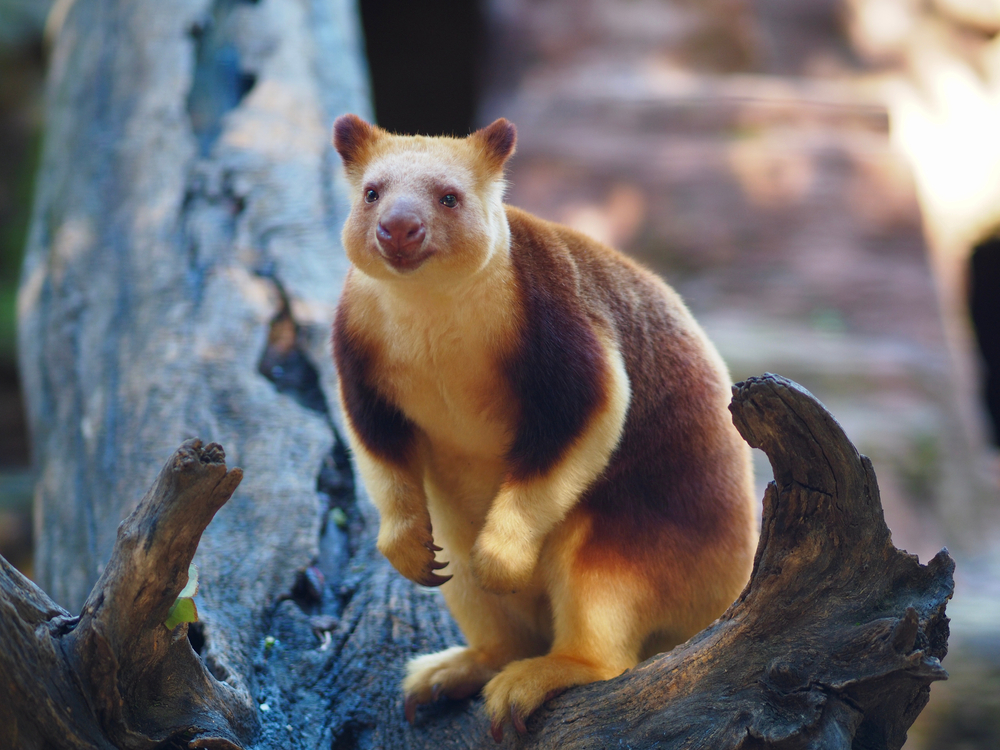
In the lush rainforests of Papua New Guinea, the tree kangaroo defies expectations with its arboreal antics. Unlike its terrestrial relatives, this kangaroo leaps among branches with remarkable agility and grace. Sporting a plush coat and a long, bushy tail, the tree kangaroo is perfectly adapted for life in the treetops. Its unique lifestyle and charming appearance make it a symbol of the rich biodiversity found in these remote regions. This marsupial marvel reminds us that even well-known animals can surprise us with their versatility.
13. South Africa’s Pangolin: The Armored Enigma
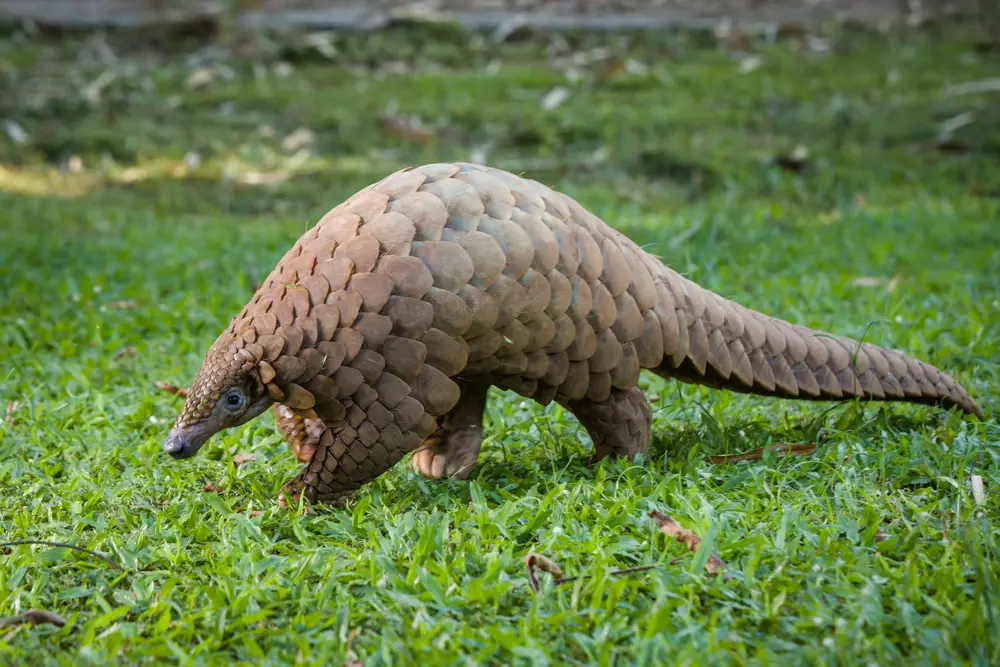
Roaming the savannas and forests of South Africa, the pangolin is a creature cloaked in mystery and tough armor-like scales. This nocturnal insectivore curls into a ball when threatened, relying on its protective exterior to deter predators. Despite its dinosaur-like appearance, the pangolin is a gentle soul with a crucial role in controlling insect populations. Unfortunately, it’s also one of the most trafficked animals in the world, putting it at risk. Conservation efforts strive to protect this unique and misunderstood animal, highlighting its importance in our natural world.
14. Iceland’s Arctic Fox: The Winter Wonder
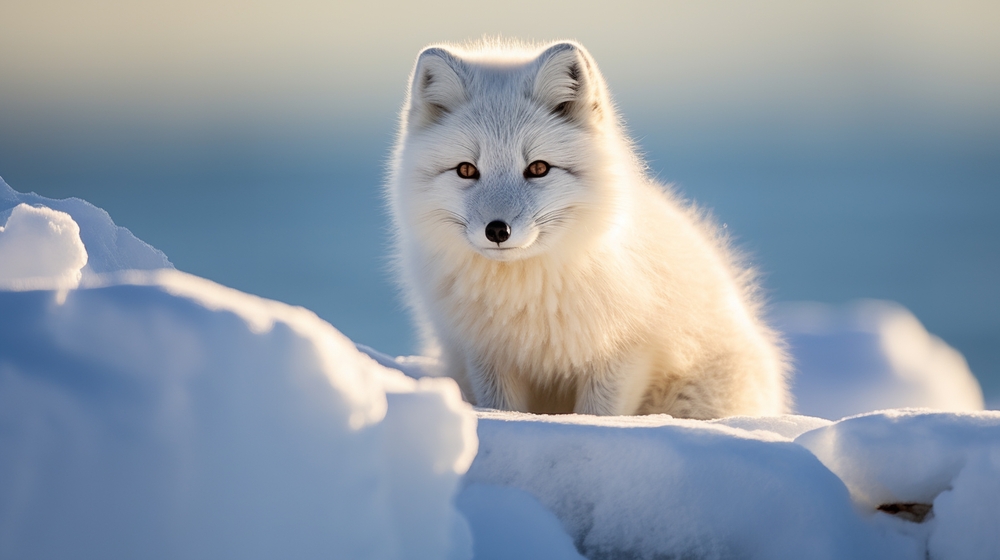
In the icy realms of Iceland, the Arctic fox thrives in solitude, perfectly adapted to its chilly surroundings. With a coat that changes color with the seasons—from winter white to summer brown—this fox is a master of camouflage. Its compact size and bushy tail help it conserve heat, while its keen senses and cunning nature make it a skilled hunter. The Arctic fox is a symbol of resilience and adaptability, surviving and thriving in one of nature’s most challenging environments.
15. Argentina’s Patagonian Mara: The Rabbit’s Cousin
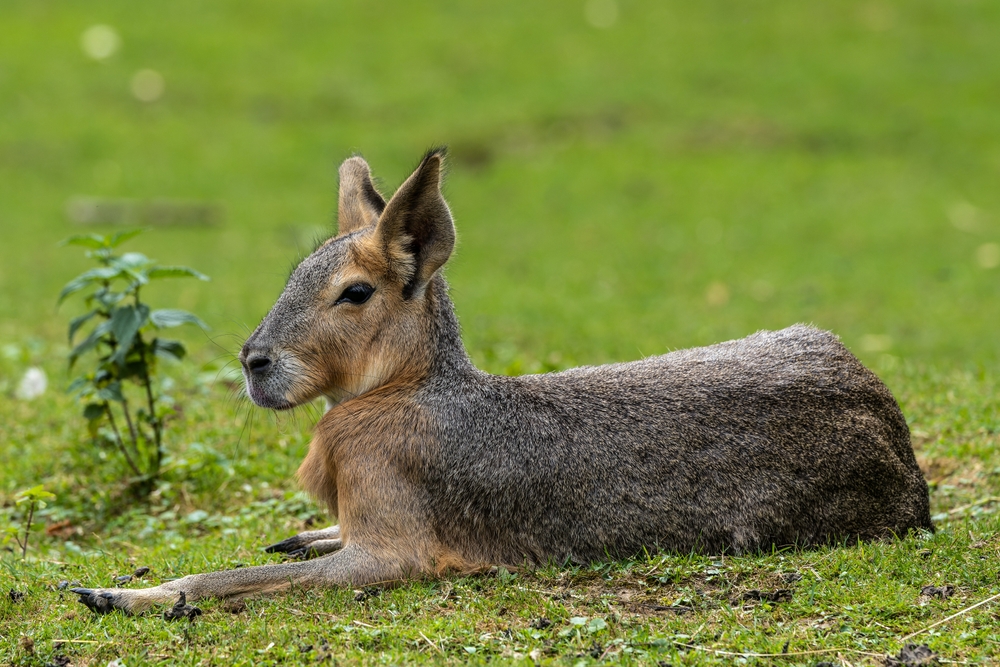
In the vast landscapes of Argentina, the Patagonian mara skips across the plains, resembling a rabbit on stilts. This large rodent is known for its long legs and swift, bounding gait. Social and monogamous, maras form strong pair bonds and are often seen in small family groups. Their unique appearance and endearing behavior make them a charming addition to the Patagonian wildlife scene. The mara’s existence is a reminder that nature’s ingenuity knows no limits, crafting creatures that challenge our perceptions and capture our imaginations.
